The pursuit of technical perfection in Chopin's études has long been a subject of fascination for pianists and musicologists alike. Among these demanding works, the so-called "thirds étude" (Op. 25, No. 6) presents unique challenges that extend far beyond mere finger dexterity. Recent interdisciplinary research suggests that the neurological load required to maintain perfect pitch accuracy in chromatic thirds at high velocity may reveal fundamental insights about human cognitive-motor integration.
The Neurophysiology of Thirds
When examining the neurophysiological demands of Chopin's thirds étude, we encounter a perfect storm of cognitive challenges. Unlike scalar passages where fingers move sequentially, playing chromatic thirds requires simultaneous precision from two independent fingers while maintaining strict intervallic relationships. Functional MRI studies of concert pianists performing this étude show remarkable bilateral activation in both the primary motor cortex and supplementary motor area - regions typically associated with complex movement planning.
What makes this particular étude neurologically taxing isn't merely the speed requirement, but the constant need for micro-adjustments in finger positioning. The brain must process two parallel streams of proprioceptive feedback while simultaneously predicting the optimal landing positions for both fingers in the next hand position. This creates what neuroscientists call a "dual-loop" processing demand that far exceeds the cognitive load of most other technical patterns in the piano repertoire.
The Auditory-Motor Feedback Conundrum
Advanced players often report an almost out-of-body experience when successfully navigating the thirds étude at tempo. This phenomenon aligns with recent findings about auditory-motor integration in complex piano performance. The brain's angular gyrus - a region responsible for multisensory integration - shows unusually high activity during accurate performances of chromatic thirds.
The challenge lies in the temporal constraints. At the étude's indicated tempo (Allegro), pianists have approximately 100-150 milliseconds to both execute and evaluate each third. This barely allows time for conscious auditory feedback processing, forcing the brain to rely on predictive motor control mechanisms. When these predictive models fail - as often happens during learning phases - the resulting pitch inaccuracies create neural conflict signals detectable in the anterior cingulate cortex.
Expertise and Neural Efficiency
Longitudinal studies of pianists mastering this étude reveal fascinating neuroplastic adaptations. Novices show widespread, diffuse brain activation patterns indicative of high cognitive effort. By contrast, expert performers demonstrate more focused activation in specialized motor control regions, with significantly reduced energy expenditure in prefrontal areas associated with conscious control.
This neural efficiency comes at a cost. The brain appears to develop specialized "chunking" mechanisms for thirds execution, essentially creating automated motor programs for common chromatic third patterns. However, this automation makes the system vulnerable when unexpected variations occur, explaining why even seasoned professionals may stumble when taken out of their practiced context.
The Role of Proprioception in Pitch Accuracy
Traditional pedagogy emphasizes auditory monitoring for pitch control, but the thirds étude suggests proprioception plays an equally vital role. High-speed motion capture reveals that expert pianists maintain remarkably consistent inter-finger angles during chromatic thirds passages, creating a kinesthetic "map" of pitch relationships.
This physical consistency allows the brain to offload some of the pitch-monitoring burden to the somatosensory system. Neuroimaging confirms increased activity in the postcentral gyrus (the primary somatosensory cortex) during accurate thirds performance. Essentially, accomplished pianists learn to "feel" the correctness of intervals before hearing them - a sensory prediction that reduces neural load.
Cognitive Trade-offs in Performance
An intriguing aspect of the thirds étude's neural demands involves necessary cognitive trade-offs. To achieve the required speed and accuracy, the brain appears to temporarily downgrade certain sensory processing functions. Pianists often report diminished awareness of harmonic progression when focusing intensely on thirds accuracy - a phenomenon corroborated by reduced activity in auditory association areas during challenging passages.
This neural resource reallocation helps explain why even magnificent performances may lack some musical depth. The brain literally cannot afford full harmonic processing while maintaining mechanical precision. Some pedagogues now advocate "over-learning" the mechanical aspects to free cognitive resources for musical expression during performance.
Implications for Modern Pedagogy
These neuroscientific insights are revolutionizing how we approach the thirds étude pedagogically. Traditional "slow practice" methods, while still valuable, may not adequately prepare the neural circuits needed for performance tempo. Emerging training protocols incorporate variable-speed practice with targeted emphasis on the transition points where neural load peaks.
Some innovative teachers now employ "disrupted practice" techniques - randomly altering fingering or rhythm patterns - to strengthen the brain's adaptive networks. Early results suggest this approach accelerates the development of neural efficiency more effectively than conventional repetition-based methods.
The study of Chopin's thirds étude from a neuroscientific perspective continues to yield surprising discoveries about human potential. As research progresses, we may find that this nineteenth-century technical challenge holds keys to understanding far broader questions about skill acquisition and the limits of cognitive-motor integration.

By /Jul 17, 2025

By /Jul 17, 2025
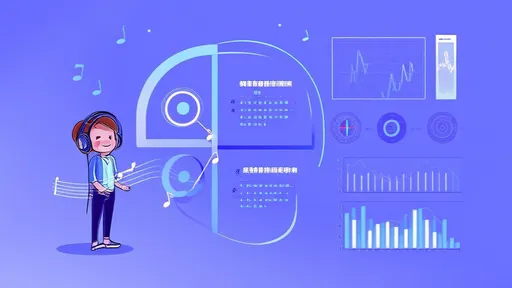
By /Jul 17, 2025
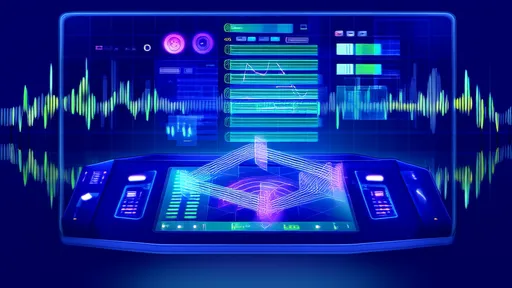
By /Jul 17, 2025
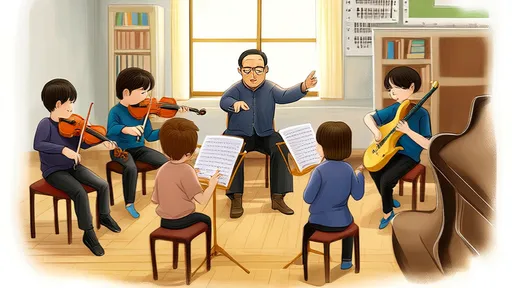
By /Jul 17, 2025
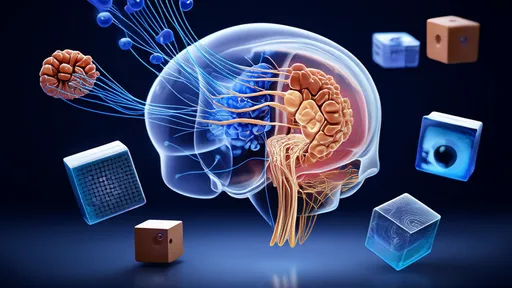
By /Jul 17, 2025

By /Jul 17, 2025
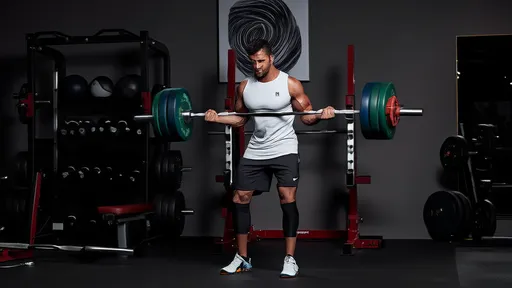
By /Jul 17, 2025
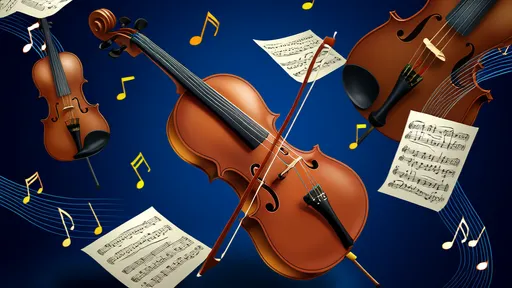
By /Jul 17, 2025
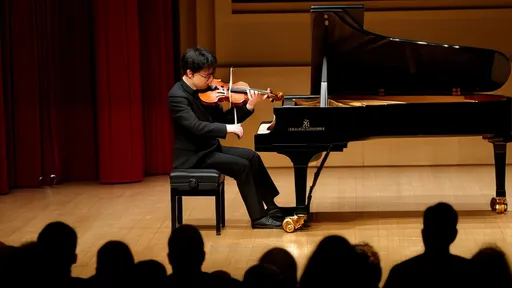
By /Jul 17, 2025
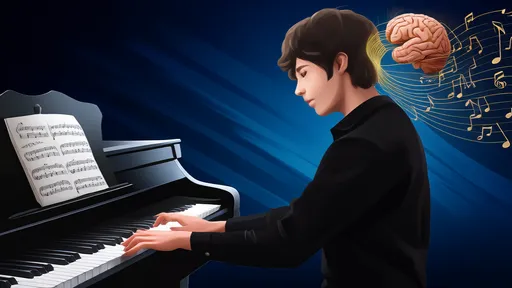
By /Jul 17, 2025
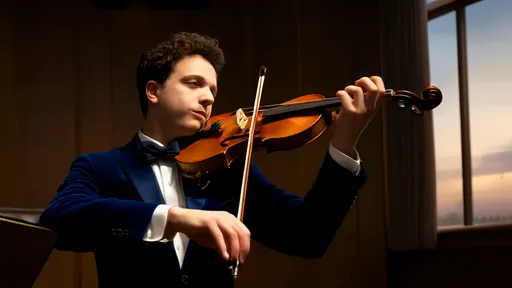
By /Jul 17, 2025

By /Jul 17, 2025

By /Jul 17, 2025

By /Jul 17, 2025
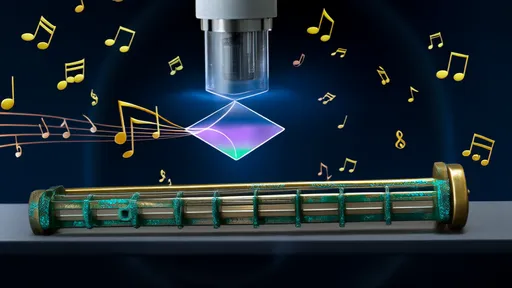
By /Jul 17, 2025
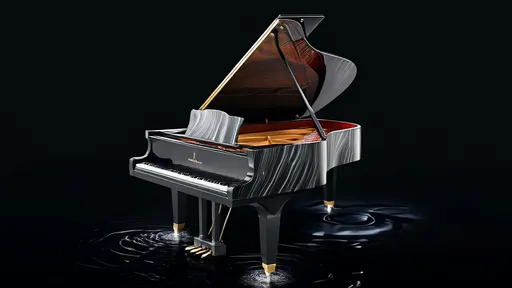
By /Jul 17, 2025

By /Jul 17, 2025